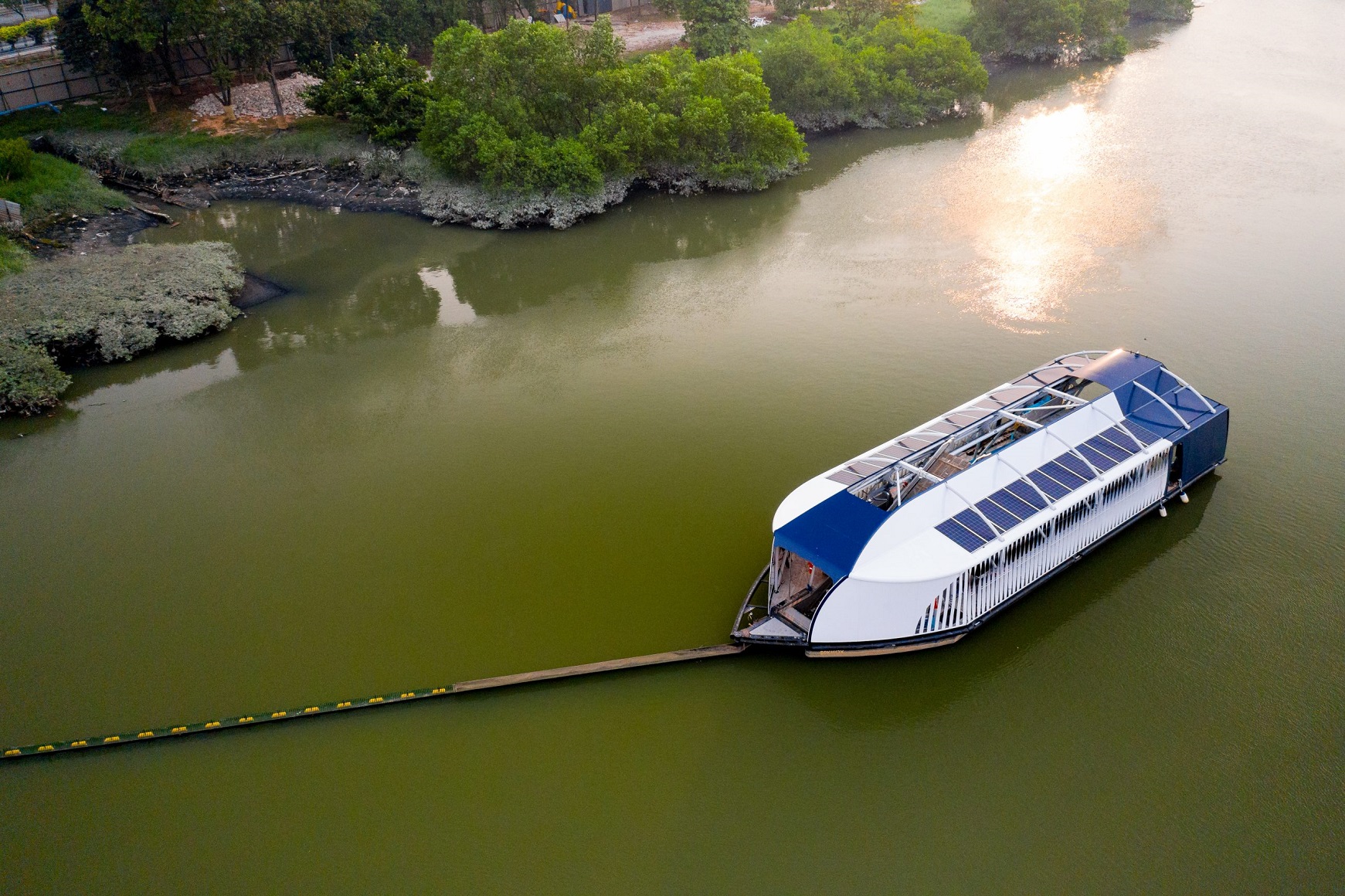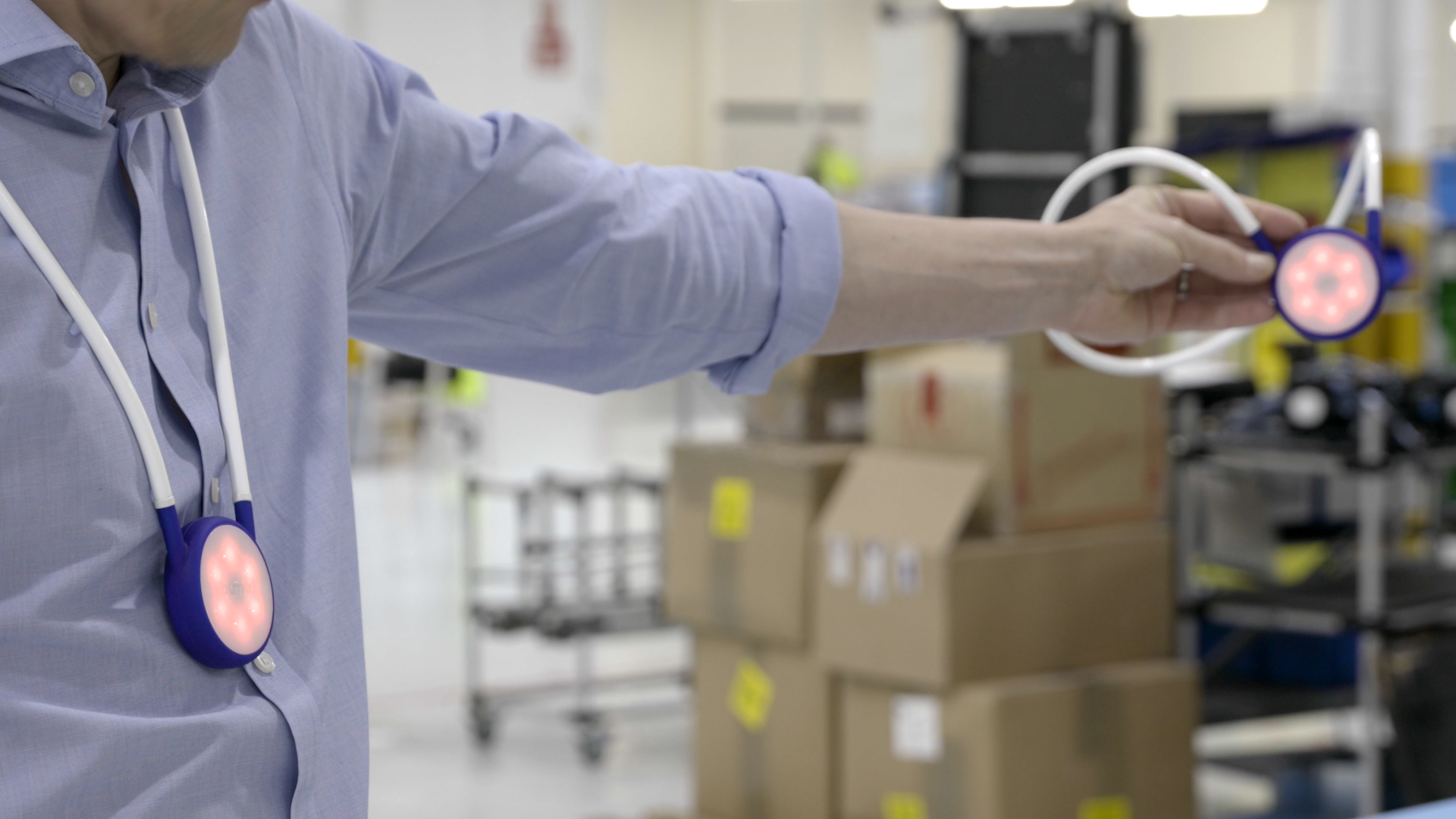In 2012, when he was just 18, Dutch inventor Boyan Slat had a brainwave: Why not use autonomous garbage collectors to help oceans tackle their ongoing plastic problem themselves?
He set out his vision in a TEDx talk, which went viral with just under 3 million views. This soon grew into a non-profit organisation, Ocean Cleanup, which attracted millions of dollars in crowdfunding and now boasts a team of more than 80 plastic-fighting engineers, scientists, researchers and computer modellers.
Slat himself has led the team as CEO since 2013, focusing on cleaning up the Great Pacific Garbage Patch—a 270,000-square mile area of floating bottles and packaging that lies between Hawaii and California. The aim is to use a floating device that moves with the currents and eats up the plastic, which would hopefully clean half the patch by 2025 and 90% by 2040.
In October 2019, and after a few false starts, Slat announced that his autonomous floating barrier was finally tasting success. The robot was gobbling up everything from fishing nets to microplastics.
“After beginning this journey seven years ago, this first year of testing in the unforgivable environment of the high seas strongly indicates that our vision is attainable and that the beginning of our mission to rid the ocean of plastic garbage, which has accumulated for decades, is within our sights,” Slat said, as quoted by New Atlas.
https://globalshakers.com/boyan-slats-ambitious-ocean-cleanup-project-finally-tastes-success/
Ocean Cleanup becomes river cleanup
With this measure in place, Slat is now thinking bigger. What about all of the plastic that ends up in the oceans—the vast majority of which flows from rivers?
As set out in a study by the Helmholtz Centre for Environmental Research, quoted in a CNN article, just 10 rivers are responsible for around 90% of the plastic that flows into the ocean.
“So if we focus on the worst rivers, we believe we can really have the fastest and most cost-effective way to close the tap and prevent more plastic from reaching the oceans in the first place,” Slat explained.
The story notes that Ocean Cleanup has deployed a series of solar-powered autonomous floating waste collectors—one in the Cengkareng drain in Jakarta, Indonesia; one on the Klang river in Kuala Lumpur, Malaysia; and one near the mouth of the Domincan Republic’s Rio Ozama.
These ‘Interceptors’ use the rivers’ currents to move the trash onto conveyor belts, where it is then carried and sorted into bins. The Ocean Cleanup then partners with local groups and governments to retrieve, and hopefully recycle, the plastic collected by the Interceptors.
Slat told CNN that his organisation’s goal is to put Interceptors in the thousand most polluted rivers within five years, and that Interceptors will soon be placed in Jamaica, Vietnam, Thailand, and even the United States.




